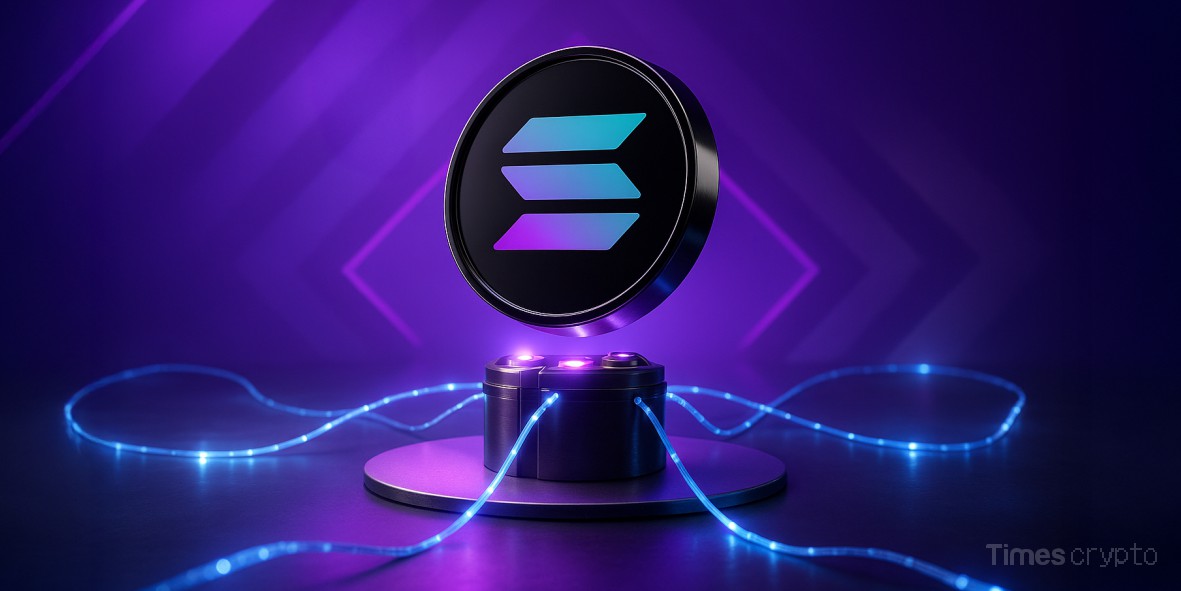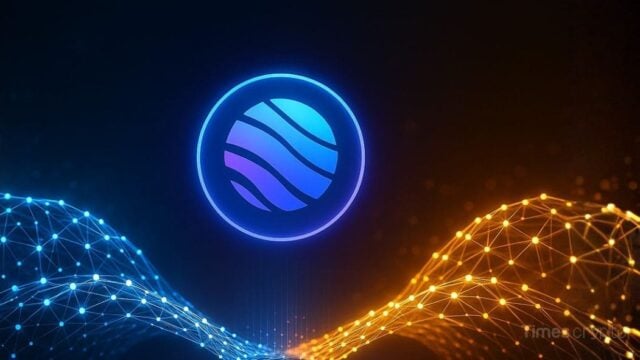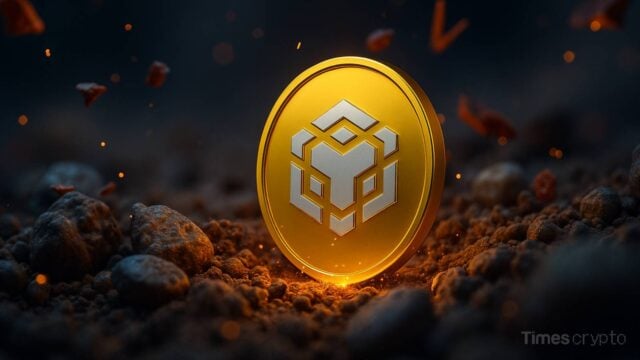Key Takeaways
- Solana Alpenglow upgrade (SIMD-0326) replaces TowerBFT with Votor, cutting finality from 12.8s to 100-150ms.
- New off-chain voting and leader pipelining to reduce bandwidth by 80% vs current gossip-heavy system.
- The governance vote requires 2/3 validator approval, with rollout planned in phases starting Q4 2025.
- This upgrade will introduce Validator Admission Tickets (VAT), 1.6 SOL per epoch burn fee replaces on-chain voting costs.
- Solana processed 35 million daily transactions recently, surpassing major stock exchanges.
Table of Contents
The Need for Speed: Solana is Upgrading Its Mind
Solana’s engineers are in the room performing an open-brain surgery on its consensus layer. The proposed Solana Alpenglow upgrade (SIMD-0326), currently in community voting stage, would remove the Proof-of-History (PoH) and Tower Byzantine Fault Tolerance (TowerBFT) mechanisms that currently allow the network to reach around 12.8 seconds finality and replace them with Votor, a simpler but robust voting mechanism allowing validators to announce their votes directly (not through gossip) to confirm blocks in sub 150 milliseconds, improving today’s latency by around 80x.
In this regard, this upgrade is not just optimization; it is a complete re-envisioning of how the Solana blockchain reaches consensus. The current system requires validators to shout their votes in a crowded room (gossip protocol), Alpenglow allows validators to whisper their votes directly to leaders.
How The Solana Alpenglow Upgrade Works: The Nuts and Bolts
1. Direct Voting
Now, validators can send votes off-chain to leaders, who aggregate the validators’ votes into cryptographic proofs, and, thus, on-chain, as before, vote transactions are no longer spammy.
2. Dual-Round Finality
Blocks are subject to one fast voting round, but if the validators don’t achieve consensus, a second round will trigger (still under 1s of total time).
3. 20+20 Resilience Model
The network remains live, even if 20% of validators are found to have actively turned bad (e.g., become adversarial) and another 20% are unresponsive or offline.
4. Rotor Architecture Coming After
A separate upgrade in 2026 will be implemented to swap Turbine (a block propagation mechanism) for a new algorithm (called Rotor) that might more efficiently spread data across systems. For instance, different from Turbine, Rotor transmits each shred as a single erasure-coded version, removing the necessity for distinct data and recovery shreds.
Also, the economic model, as stated, is radically different. Validators pay a 1.6 SOL per epoch Validator Admission Tickets (VAT), burned, instead of paid-per-vote on-chain fees. This change has been met with mixed reactions.
Analogy: Think of replacing toll booths with an annual highway pass.
Why This Matters Beyond Tech Specs
Solana’s bottlenecks are becoming existential with 35 million transactions a day. Thus, the Solana Alpenglow upgrade focuses on three pain points:
- User Experience (UX): Sub-second finality now meets user expectations of Web2 (e.g., credit card transactions).
- Security: Formal proofs eliminate edge cases in the TowerBFT as a theoretical readiness.
- Costs: Bandwidth savings may reduce operator costs for Validators by as much as 30%.
On the other hand, some risks and warnings remain. Take into account that changing a consensus mechanism is like changing a jet engine while flying; airtight testing is needed. The governance vote (66% approval required) will be a litmus test for validator confidence.
The High-Stakes Race to Wall Street Speed
If the Solana Alpenglow upgrade is successfully deployed, the consensus has the opportunity to demonstrate Solana is the only blockchain capable of achieving traditional finance settlement speeds while retaining decentralization. The success of this upgrade really comes down to validators trusting the math, and their wallets, of course.
Final thought: Solana is not just racing towards beating other networks like Ethereum’s 12s finality, or Avalanche and Aptos (seeking similar goals), it is racing towards proving blockchains can do better than yet other more traditional financial systems like NYSE.
FAQs
What happens if the vote fails?
Solana continues with TowerBFT, but may face scaling limits as adoption grows.
How does Votor prevent malicious leaders?
Validators can veto bad blocks via skip votes, and cryptographic proofs expose cheating.
Can this affect Solana (SOL) staking Annual Percentage Yield (APY)?
Possibly. Validator Admission Tickets (VAT) burns may slightly reduce inflation long-term.
Can Solana Alpenglow upgrade handle network’s current TPS?
Yes, with headroom for 10x growth via future optimizations.
When would mainnet launch happen?
Phase 1 (Votor) could be deployed by late 2025 if voting passes.
For more Solana blockchain upgrades, read: Solana SIMD-0286 Upgrade Proposes 66% Block Capacity Boost to Tackle Surging DeFi Demand







